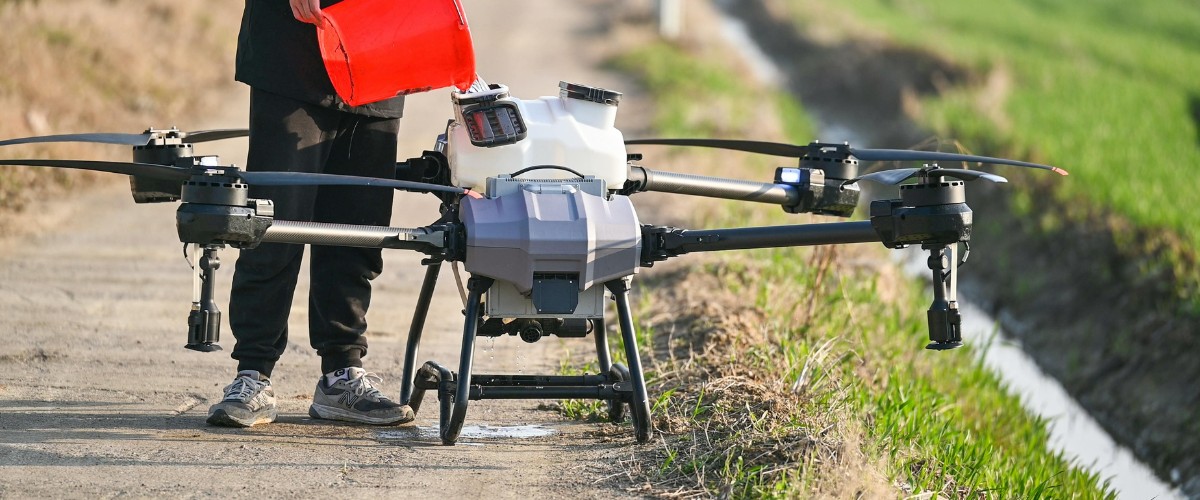In the complex world of agriculture, supply-chain transparency has long been the “black box” — consumers rarely know where their food comes from, and farmers often don’t know how their inputs are used downstream. But thanks to digital tools for precision farming, that’s changing. These technologies are helping to open the entire value chain, from seed through harvest to shelf, so everyone involved has clearer insight and greater trust.
First off, what do I mean by “digital tools for precision farming”? I’m talking about everything from satellite imagery, drones, IoT (Internet of Things) sensors, data analytics and blockchain systems, all applied on-farm and in logistics. These tools enable farmers to monitor soil moisture, crop health, fertiliser use, pest pressure and more, at very fine spatial and temporal resolution. For instance, one review describes how “precision agriculture uses sensors and technologies such as geo-mapping, variable-rate technology and drones … combined with analytics” to optimise resource use.
So how do these digital tools for precision farming redefine the supply chain? Here are three keyways:
1. Traceability and Provenance Become Real
With digital tools for precision farming in play, every step of production can be recorded and traced. Farm sensors capture when and where inputs go down. Drones or satellite imagery record crop conditions. Data platforms link these actions to batch codes, geo-tags and timestamps. Some solutions use blockchain so that once a record is made, it cannot be tampered with, providing an immutable “digital trail” of the product journey.
For brands and consumers, this means a carrot or mango might come with a scannable code that says, “grown on this field, harvested on this date, transported by this truck.”
2. Smarter Decisions and Fewer Unknowns in Logistics
Using digital tools for precision farming also means you’re collecting more reliable data upstream. That gives supply‐chain actors downstream (processors, distributors, retailers) greater clarity about volumes, quality, timing and risk. For example, if on‐farm sensors show a drop in vegetation index for a given block, a supply chain manager can adjust logistics, delay pick-up or source from an alternate location. The connected supply chain idea is emphasised in a study describing sensors and RFID tagging as ways to monitor the movement of produce in real time. That level of visibility reduces bottlenecks, lowers spoilage and supports fresher goods arriving on time.
3. Building Trust with Consumers and Regulators
Perhaps the most visible benefit is transparency for the end consumer. Digital tools for precision farming enable product stories: you can know exactly where your produce was grown, under what conditions, using what inputs, and how it got to you. This transparency is increasingly demanded by consumers and regulated by global standards. For example, platforms that let consumers scan QR codes and trace the origin of their food are becoming more common. That means brands can back up sustainability claims, reduce fraud or mislabeling, and comply with certifications and export standards. Farmers and agribusinesses gain credibility, which can translate into premium market positioning.
Of course, deploying digital tools for precision farming across a supply chain isn’t trivial. It requires investment in infrastructure (sensors, connectivity, platforms), training for farmers and field staff, integration of diverse data systems, and a mindset shift toward transparency rather than secrecy. Some farmers and supply chains still find the cost and change management challenging. One article notes that while many “digital agriculture” tools promise big things, adoption can be uneven.
However, the benefits are real and continue to grow. As adoption spreads, three practical tips for any farm or supply-chain actor looking to leverage these digital tools for precision farming:
Start small and build up: Choose one key parameter (e.g., soil moisture or crop health monitoring) and scale once it works.
Link farm data to supply chain outcomes: Don’t just capture data for farming; ensure it feeds the logistics, processing and retail channels.
Prioritise transparency in communication: Let stakeholders (buyers, end-consumers) access the traceability data you collect; these builds trust and helps you differentiate.
In short, digital tools for precision farming are not just about getting higher yields or using less water. They’re about changing how the entire agriculture supply chain works, making it visible, verifiable and smarter. When a banana or a bunch of grapes can carry its full story, from soil to store, we all benefit: the farmer, the brand, the retailer, and the consumer.
Tags:
InnovationTech TrendsAuthor - Ishani Mohanty
She is a certified research scholar with a Master's Degree in English Literature and Foreign Languages, specialized in American Literature; well trained with strong research skills, having a perfect grip on writing Anaphoras on social media. She is a strong, self dependent, and highly ambitious individual. She is eager to apply her skills and creativity for an engaging content.



